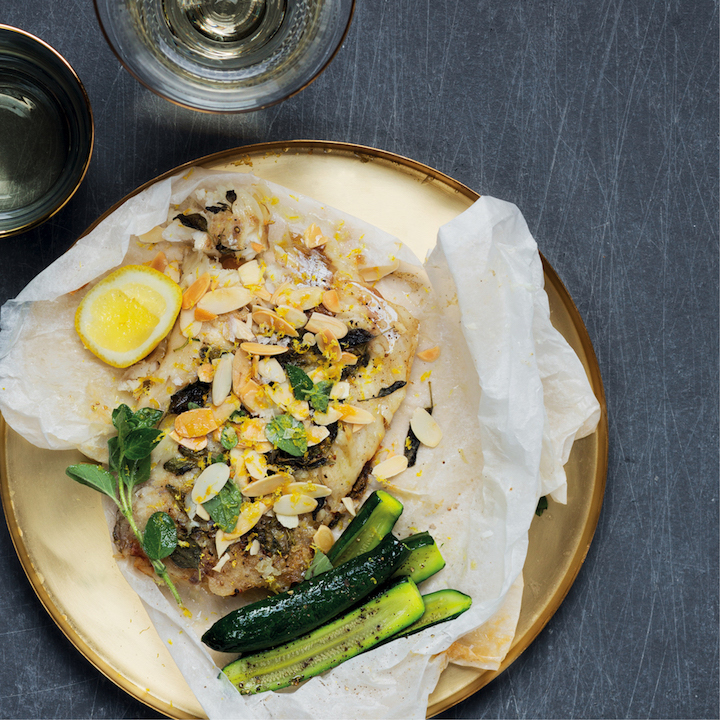As a standard household appliance, the microwave is magical. Many aren’t quite sure how it works, but we use it for so many things aside from just heating up leftovers. Microwaves can defrost frozen foods, cook popcorn, bacon, eggs, and also keep your meals protected and warm when you leave them in there. Honestly, they are life-savers! But how do they work and are all the health myths true?
By Taryn Wilson
All microwaves typically have a generator called a ‘magnetron’ which, when heating food, uses electricity to create radio waves that are pushed into the section where your food is. Your food will spin on a turntable while this happens so that it can cook evenly.
The radio waves are also known as ‘micro-waves’, hence the name for this handy machine! Imagine light beams bouncing around inside a small room, that’s pretty much what these waves are doing, except they’re invisible and are passing through your food, generating heat by forcing the food particles to vibrate rapidly. Essentially, energy is just being transferred to your food.
Despite how amazing the microwave can be though, there are a few concerns about how healthy it is to be using one. Have a look at some of the myths and facts surrounding this appliance:
THE MYTHS
1. Microwaving your food will kill all the nutrients
While certain nutrients such as vitamin C and omega-3 fats are sensitive to heat and can be lost, any form of heating can do this. Veggie nutrients can also be leaked into the water when cooking, so the microwave may actually be a better option if you don’t use water!
2. Food is cooked all the way through in microwaves
While you can cook many delicious things in the microwave, it’s best to stick to more traditional cooking tools for meats and other foods that need to be cooked all the way through as the micro-waves go through a limited amount of the food.
3. Microwaves give you cancer
Despite the fact that microwaves produce a small concentration of RF radiation, it is kept inside the actual unit and cannot cause cancer.
THE TRUTH
1. You need to be careful with plastic
Refrain from using plastic tupperware and dishes in the microwave as they break down while your food is cooking, causing the chemicals to leak into your food. Make glass or ceramic containers your new best friends!
2. They are energy-efficient
Not only are they handy, but microwaves are more environmentally-friendly. Using one to heat your food can save up to 80% of the energy an oven uses.
3. Microwaves are safe.
Continue to use these magnificent machines (if you have one) because they are not harmful to you or your food. Just always ensure that your food is cooked through and you place only microwave-safe materials inside.
Check out this amazing recipe you can make in the microwave!
Fish parcels with baby marrow
SERVES 2 // COOKING TIME 5 min
INGREDIENTS
250 g hake
Zest and juice of 1 lemon
Olive oil, to drizzle
Handful origanum
½ tsp garlic powder
¼ cup flaked almonds, toasted
6 baby marrows, halved
1 tsp red-wine vinegar
Handful basil, roughly chopped
METHOD
1. Cut a 20 × 10 cm heart shape from a piece of baking paper. Place the hake in the middle. Drizzle with lemon juice and oil, and sprinkle with origanum and garlic powder. Season with salt and pepper.
2. Fold in the edges of the baking paper to make a parcel. Microwave on medium-high heat for 10 minutes.
3. Carefully open the parcel. Sprinkle flaked almonds and lemon zest over the hake.
4. Toss the baby marrows in oil and microwave for 5 minutes. Drizzle with the vinegar and garnish with basil.




